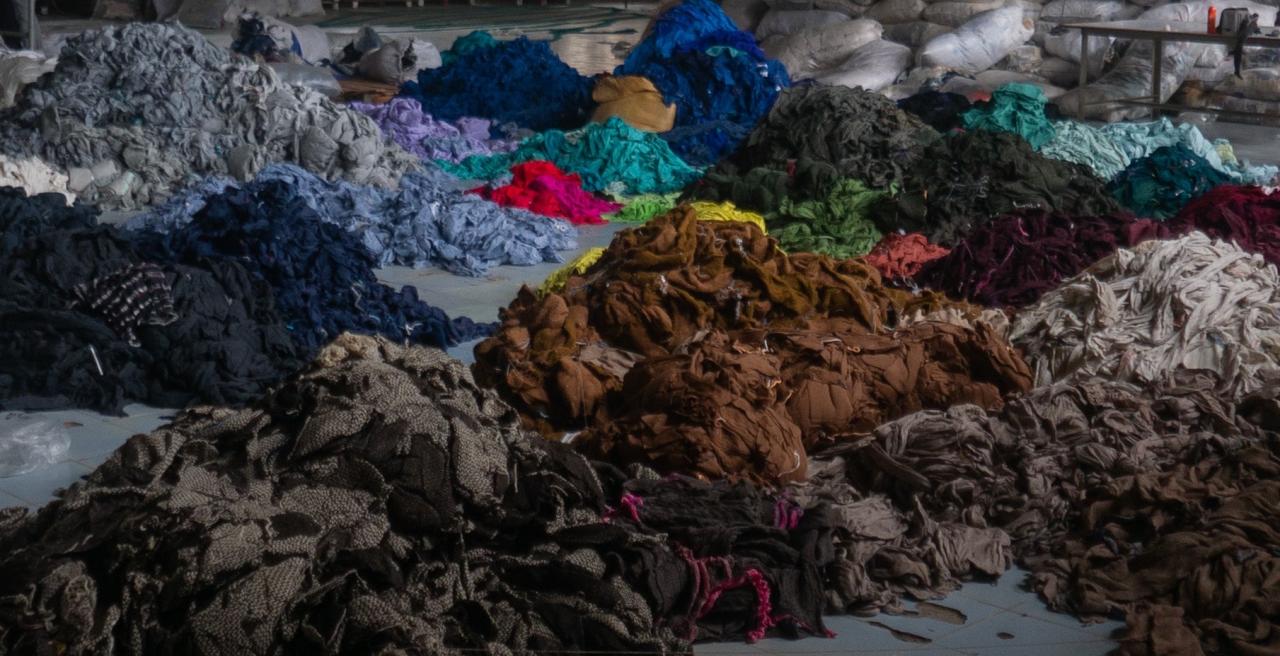Threadbare Truths: Fashion’s Carbon Count
Share

In a world where fast fashion reigns supreme, the environmental impact of our clothing choices often goes unnoticed. However, beneath the surface of glittering runways and trendy Instagram posts lies a threadbare truth: fashion’s carbon count. Join us as we unravel the hidden costs of our clothing consumption and explore the eco-conscious solutions to reduce our carbon footprint in the name of sustainable style.

The Environmental Impact of Fast Fashion
Fashion is an ever-evolving industry that has a significant impact on the environment. The production of fast fashion items contributes to climate change through greenhouse gas emissions, water pollution, and waste generation. The textile industry is one of the largest polluters in the world, with vast amounts of energy and resources being used to produce clothing at a rapid pace.
Here are some key environmental impacts of fast fashion:
- Greenhouse Gas Emissions: The production of synthetic fibers, such as polyester, releases harmful greenhouse gases into the atmosphere.
- Water Pollution: The dyeing process in textile production pollutes water sources with toxic chemicals.
- Waste Generation: The fast fashion industry generates a massive amount of textile waste that ends up in landfills, taking years to decompose.
It is essential for consumers to be aware of the environmental impact of their clothing choices. By opting for sustainable and ethically produced fashion items, individuals can reduce their carbon footprint and support brands that prioritize eco-friendly practices.
Exploring the Carbon Footprint of Clothing Production
When we think about the environmental impact of our daily choices, clothing production may not be the first thing that comes to mind. However, the reality is that the fashion industry is a major contributor to carbon emissions, with the production of clothing accounting for a significant portion of global greenhouse gas emissions.
One of the main factors contributing to the carbon footprint of clothing production is the use of synthetic fibers, such as polyester, which are derived from fossil fuels and require a large amount of energy to manufacture. Additionally, the dyeing and finishing processes used in clothing production can also have a significant environmental impact, releasing chemicals and wastewater into the environment.
By , we can better understand the environmental impact of the clothes we wear and make more informed choices as consumers. From choosing clothing made from sustainable materials to supporting brands that prioritize ethical and eco-friendly production practices, there are steps we can take to reduce the carbon footprint of our fashion choices.
Sustainable Fashion Choices to Reduce Carbon Emissions
When it comes to our clothing choices, the impact on the environment is often overlooked. The fashion industry is one of the largest polluters globally, contributing to carbon emissions through various stages of production and distribution. However, as consumers, we have the power to make a difference by opting for sustainable fashion choices that can help reduce our carbon footprint.
One way to make a positive impact is by choosing clothing made from organic and natural materials such as organic cotton, linen, hemp, and bamboo. These materials are biodegradable and have a lower carbon footprint compared to synthetic fabrics. Investing in quality pieces made from sustainable materials not only reduces carbon emissions but also supports ethical and eco-friendly practices in the fashion industry.
Another sustainable fashion choice is to prioritize second-hand and vintage clothing. By shopping at thrift stores, consignment shops, and swapping clothes with friends, you can extend the lifecycle of clothing items and prevent them from ending up in landfills. Embracing circular fashion practices such as upcycling and repairing clothing can also help reduce carbon emissions and promote a more sustainable approach to fashion consumption.
Recommendations for a Greener Wardrobe
When it comes to building a greener wardrobe, there are plenty of small changes we can make that add up to a big impact on the environment. Here are some recommendations to help you reduce your fashion’s carbon count:
- Shop Secondhand: One person’s trash is another person’s treasure! Buying pre-loved items not only reduces waste but also gives old clothes a new life.
- Choose Quality Over Quantity: Invest in well-made pieces that will last longer and withstand trends, reducing the need to constantly replace items.
- Opt for Sustainable Fabrics: Look for clothing made from organic cotton, linen, bamboo, or Tencel, which have a lower environmental impact compared to conventional materials.
By making these simple changes to our shopping habits, we can all play a part in creating a more sustainable fashion industry. Let’s be mindful of the impact our clothing choices have on the planet and strive to build a wardrobe that reflects our values.
In conclusion, understanding the environmental impact of the fashion industry is crucial in our efforts to combat climate change. By uncovering the threadbare truths of fashion’s carbon count, we can make more informed choices as consumers and advocate for sustainable practices within the industry. Let’s strive to weave a greener, more sustainable future for all, one thread at a time.





